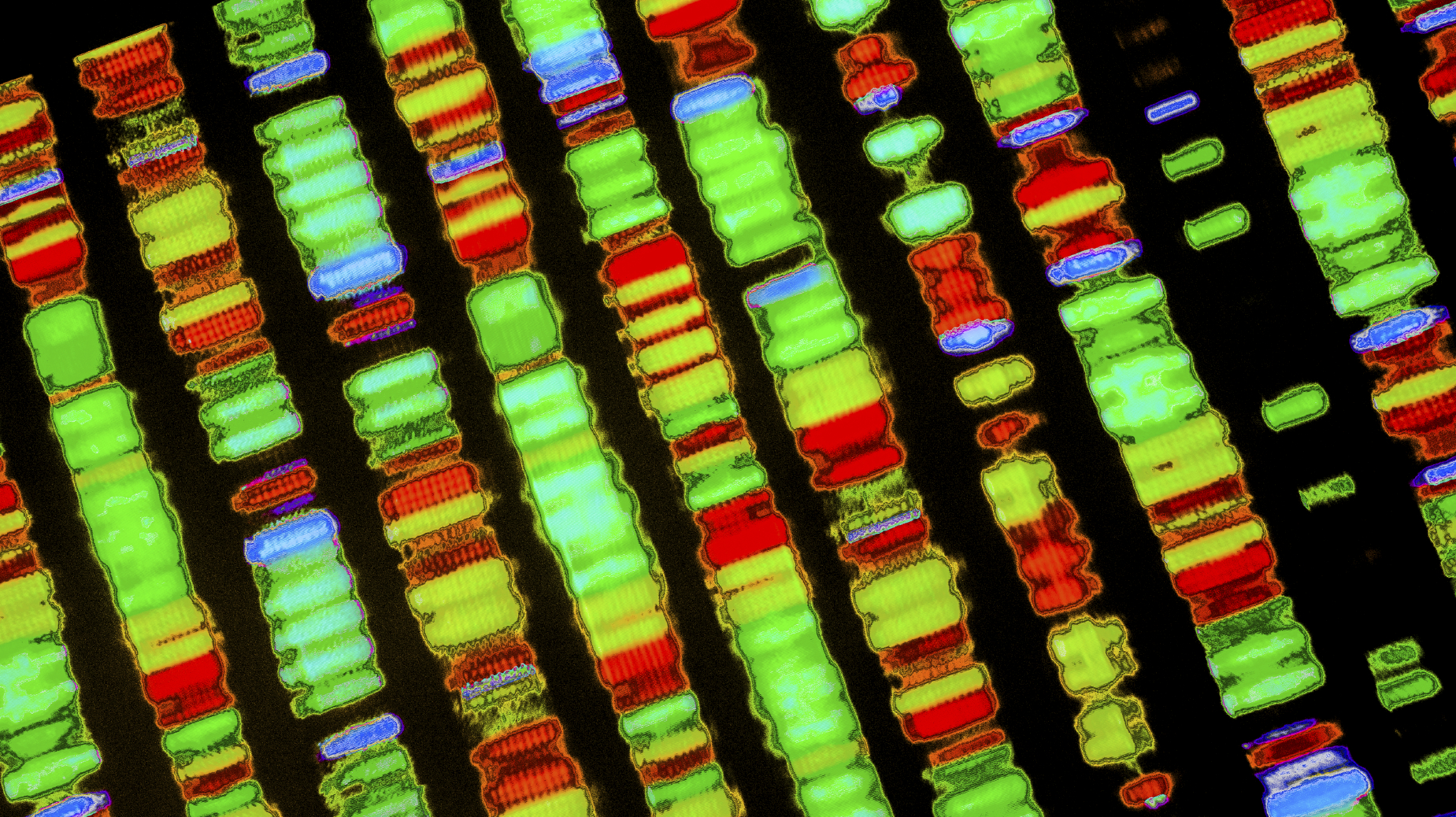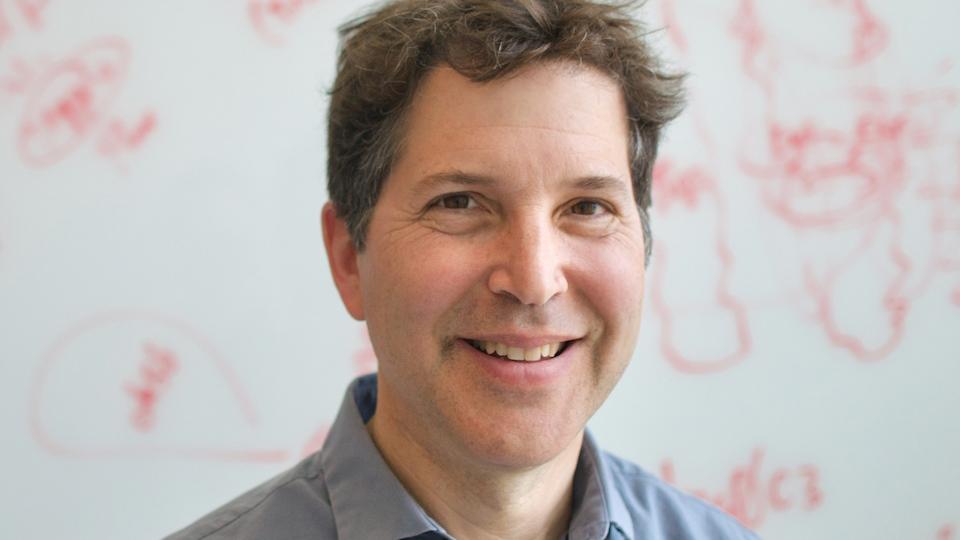Sangamo edits living patient's DNA for first time

Doctors in California have made history by attempting to edit genes within a patient for the first time, when 44 year-old Brian Madeux received the experimental therapy to correct a DNA defect causing Hunter’s syndrome.
Madeux, from Arizona, volunteered to undergo the trial of Sangamo Therapeutic's gene editing technology because his condition causes “pain every second of the day" and also wanted to improve the lives of others with inherited conditions.
The treatment named SB-913 is based around Sangamo's zinc finger nuclease (ZFN) genome editing technology for the disease also known as mucopolysaccharidosis type II (MPS II).
The procedure at the UCSF Benioff Children’s Hospital, Oakland, is part of a phase 1/2 clinical trial – the CHAMPIONS study – investigating an in vivo gene editing therapy.
“It’s kind of humbling. I’m willing to take that risk. Hopefully it will help me and other people.”
—Hunter Syndrome patient Brian Madeux makes history as first gene editing patient in US $SGMO #notcrispr congrats @MMarchioneAP https://t.co/2B1xInsFyx pic.twitter.com/wjbH16vY1I— Kevin Davies (@KevinADavies) November 15, 2017
While gene editing has been carried out in laboratory conditions, this is the first time that the technique has been used to correct a genetic defect in a living patient.
It is too early to say whether the procedure has worked - this will become apparent in the results of the CHAMPIONS study assessing safety, tolerability and preliminary efficacy of Sangamo Therapeutics’ SB-913 investigational genome editing therapy in up to nine men with Hunter's syndrome.
ZFNs are molecular scissors that insert a corrective gene into a precise location – in this case the DNA of liver cells.
The goal of the therapy is to instruct the body to make a correct version of the enzyme iduronate-2-sulfatase (IDS), which is defective in patients with MPS II.
To restrict editing to liver cells, the ZFNs and the corrective gene are delivered in a single intravenous infusion using virus vectors that target the liver.
The ZFNs enter the cells as inactive DNA instructions in a format designed only for liver cells to unlock.
Once "unlocked", the ZFNs then identify, bind to and cut the DNA in a specific location within the albumin gene. Using the cells' natural DNA repair processes, liver cells can then insert the corrective gene for the enzyme IDS at that precise location.
Without the IDS enzyme, people with MPS II suffer debilitating buildup of toxic carbohydrates in cells throughout their body. Approximately one in 100,000 to one in 170,000 people are born with MPS II
Many people with MPS II receive weekly infusions of enzyme replacement therapy (ERT) the current standard-of-care treatment. Within a day of receiving ERT, however, IDS quickly returns to near undetectable levels in the blood.
Two further clinical trials are underway in the U.S. to evaluate Sangamo's in vivo genome editing therapeutics for haemophilia B and MPS I, which is also known as Hurler or Hurler-Scheie syndrome.
All three trials use ZFNs designed to edit liver cells at the same location in the albumin gene, but differ in delivering the corrective gene relevant to the respective disease.

Sangamo Therapeutics' CEO Sandy Macrae
Dr Sandy Macrae, CEO of Sangamo Therapeutics, said: "For the first time, a patient has received a therapy intended to precisely edit the DNA of cells directly inside the body. We are at the start of a new frontier of genomic medicine."
The zinc finger technology is the oldest of the gene editing techniques, and other companies have moved on to new techniques such as TALEN, used by companies such as Cellectis and CRISPR/Cas9, being used by ventures such as CRISPR Therapeutics.













